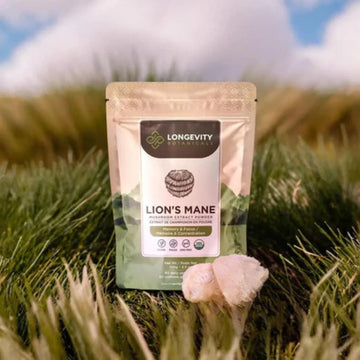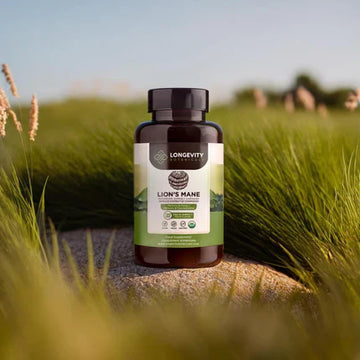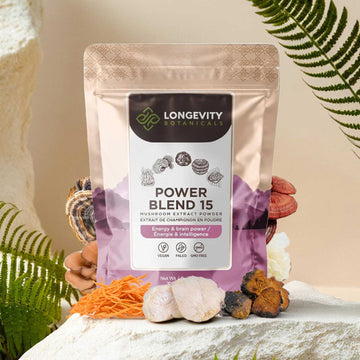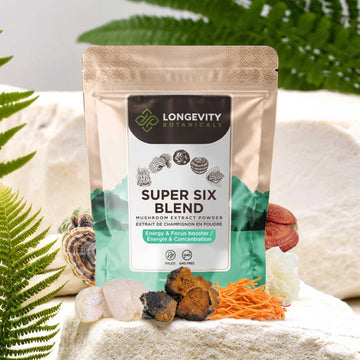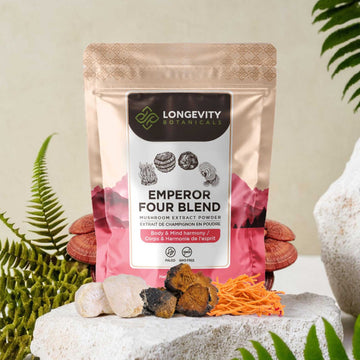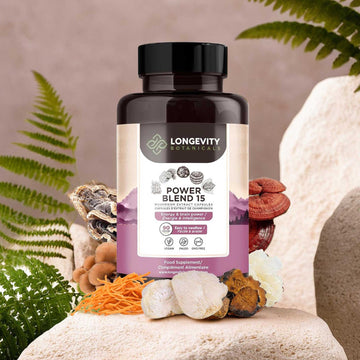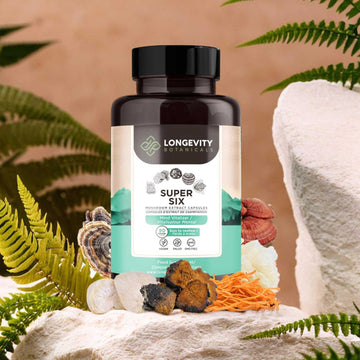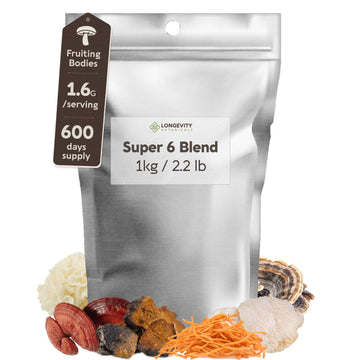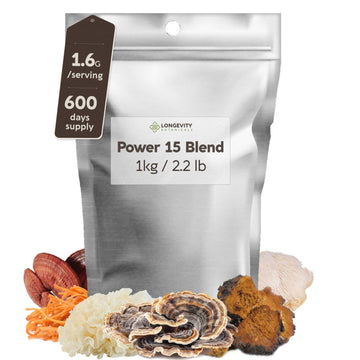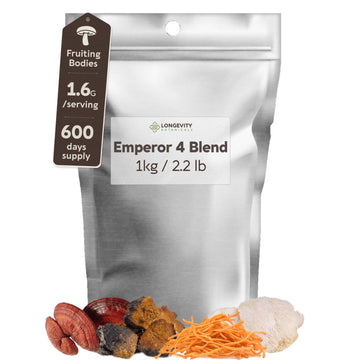The sun is not yet up on China’s Tibetan Plateau. Frost coats the dirt track. A whistle blasts and a line of teenage girls surge forward, breathing hard in the thin air. Their coach, Ma Junren, clicks a stopwatch and nods. Every stride here is a promise: run fast enough, escape poverty, change your life.
Three years later, at the 1993 National Games in Beijing, these same women will stun the world. Nineteen-year-old Wang Junxia slashes an unheard-of forty-one seconds off the 10 000-metre world record. Teammates Qu Yunxia and Zhang Linli erase marks in the 1500 m and 3000 m. Commentators scramble for explanations. Coach Ma offers one: a nightly tonic of turtle blood, ginseng, and a humble mountain mushroom called Cordyceps.
The Night Beijing Stopped Breathing
Stadium lights glare. Fans roar. Wang glides through 25 laps in 29:31.78. Her split times never fade, even in the final kilometre when lactic acid should flood her legs. Reporters chase her up the tunnel. She smiles shyly and repeats her coach’s mantra: “Discipline, altitude, caterpillar fungus.”
International experts raise eyebrows. Some whisper about doping. Yet every test that season returns negative. The only concrete clue is the brown, noodle-shaped fungus steeped each night in steaming mugs.
What Is Cordyceps, Anyway?
High-altitude habitat: Cordyceps sinensis grows between 3500 m and 5000 m, erupting from the mummified body of a ghost-moth caterpillar.
Traditional use: For centuries Chinese doctors have brewed it for lung weakness and fatigue, calling it “winter worm, summer grass.”
Modern chemistry: Scientists later isolated cordycepin, beta-glucans, and antioxidant phenolics—molecules linked to energy metabolism, immunity, and recovery.
Science Catches Up
Small human trials now hint that the folk wisdom contains truth:
Raised aerobic ceiling. In a twelve-week double-blind study, adults taking 3 g of Cs-4 extract daily increased ventilatory threshold about ten percent compared with placebo.
More gas in the tank. College runners supplementing C. militaris for three weeks boosted VO2 max by nearly five millilitres per kilogram per minute and ran seventy seconds longer before exhaustion.
Cell-level energy. Lab work shows cordycepin nudges mitochondria to make more ATP, the molecule every muscle fibre burns for movement.
Four Ways Cordyceps May Help Athletes
1. Better oxygen use. Polysaccharides appear to activate HIF-1α, a gene that tells the body to grow more red blood cells, similar to living at altitude.
2. Faster ATP recycling. Cordycepin resembles adenosine and can enter the energy-making pathway, helping tired muscles recharge more quickly.
3. Antioxidant shield. Mannitol and phenolics mop up free radicals created during hard workouts, limiting soreness and speeding recovery.
4. Stress balance. As an adaptogen, Cordyceps may steady cortisol swings, improving sleep and immune resilience during peak training blocks.
Inside Coach Ma’s Recovery Ritual
Evening in the makeshift dorm. Athletes line up for steaming bowls of broth. Floating in each: a few strands of Cordyceps, shreds of turtle shell, drops of rice wine. The flavor is earthy and slightly sweet. Wang later recalls waking before dawn “with lungs that felt new” despite the prior day’s double session.
The belief itself matters. Confidence can carry a runner when legs burn and the bell rings for the final lap.
The Shadow of Scandal
Ma’s empire eventually crashes. In 2000 six of his athletes test positive for erythropoietin, and a leaked 2016 letter hints at broader doping. The Cordyceps story becomes tangled with controversy. Yet the fungus is still legal, safe, and widely studied. Its potential stands apart from the coach’s questionable ethics.
Practical Tips for Today’s Runners
Choose fruiting bodies. Look for extracts made from the mushroom’s true reproductive structure, not grain-grown mycelium. Fruiting bodies carry higher cordycepin and beta-glucan levels. For details, see our guide on fruiting body vs mycelium.
Mind the dose. Research teams typically use 1–3 g of Cordyceps extract per day. Start low, track how you feel, and adjust during build weeks.
Stack smart. During base training pair 1 g Cordyceps with Lion’s Mane for focus by following our tips in Cordyceps and Lion’s Mane together. In race season, combine Cordyceps with tempo sessions from our program on increasing stamina for running.
Stay within the rules. Cordyceps is not on the World Anti-Doping Agency ban list, but always buy third-party-tested products to avoid contaminants.
Cordyceps Properties at a Glance
| Compound | Likely Benefit |
|---|---|
| Cordycepin | Speeds ATP turnover, delaying fatigue |
| Beta-glucans | Support immune defense and recovery |
| Mannitol + phenolics | Reduce oxidative muscle damage |
| Ergosterol | Modulates inflammation and hormones |
| Polysaccharides | May raise red-blood-cell production |
Key Takeaways
• Cordyceps thrives where oxygen is scarce and carries molecules that help the human body work better under stress.
• Controlled studies show modest but meaningful gains in aerobic capacity and endurance.
• The record-breaking feats of Coach Ma’s squad remain clouded by later scandals, yet their nightly mushroom brew mirrors findings now echoed in laboratories.
• Modern runners can explore Cordyceps, but no supplement replaces consistent training, quality sleep, and healthy nutrition.
Next time you lace up for a dawn run, think of a fragile fungus clinging to a caterpillar high in the Himalayas. Nature often hides its most powerful allies in the most unlikely places.
